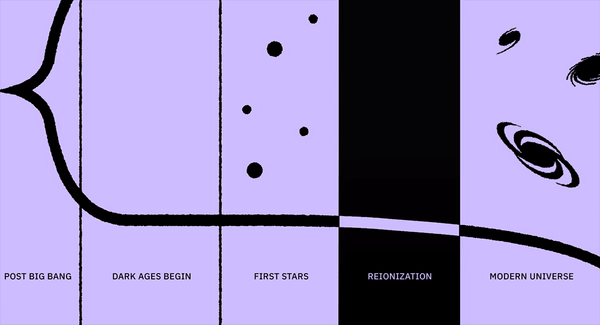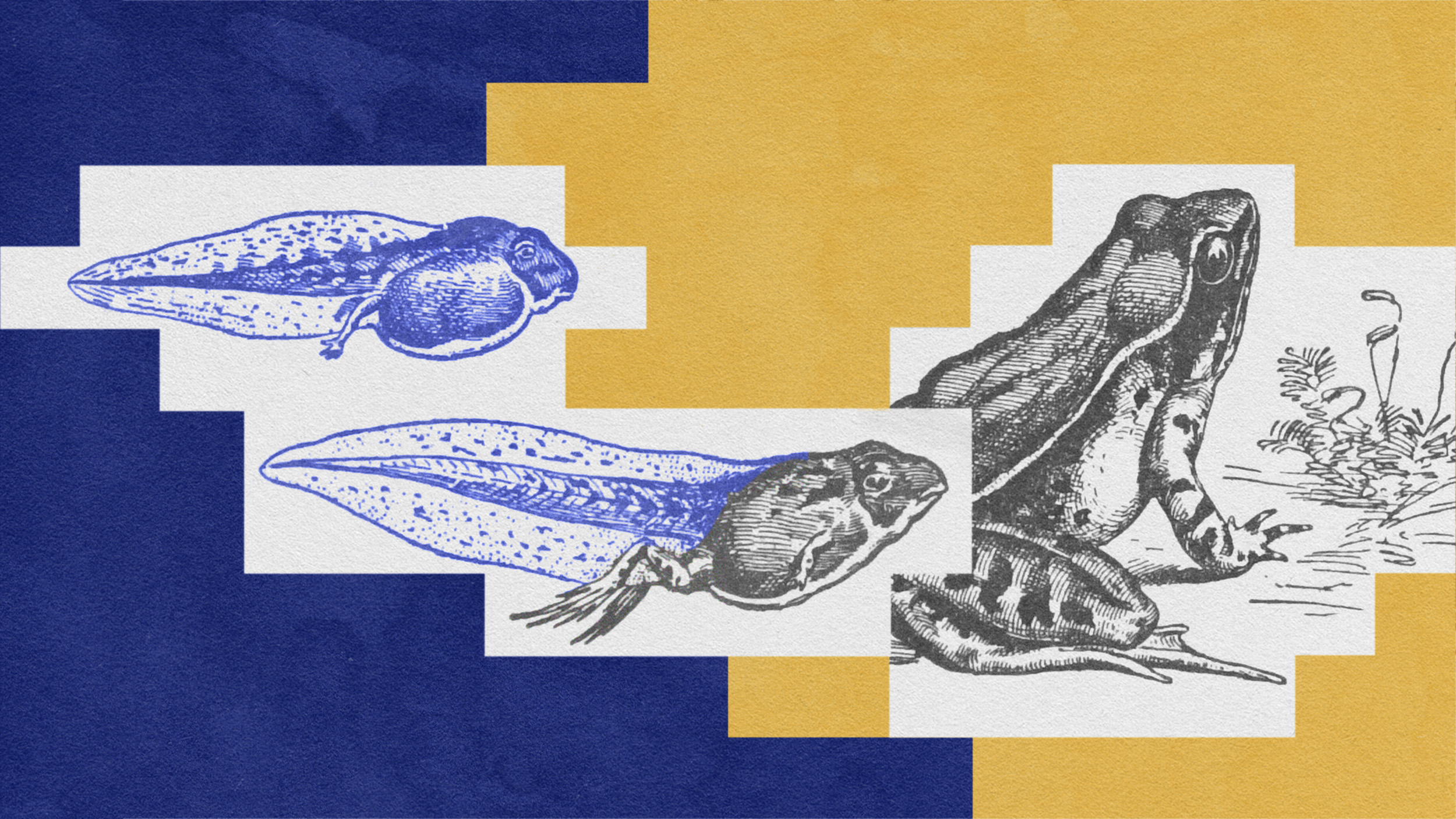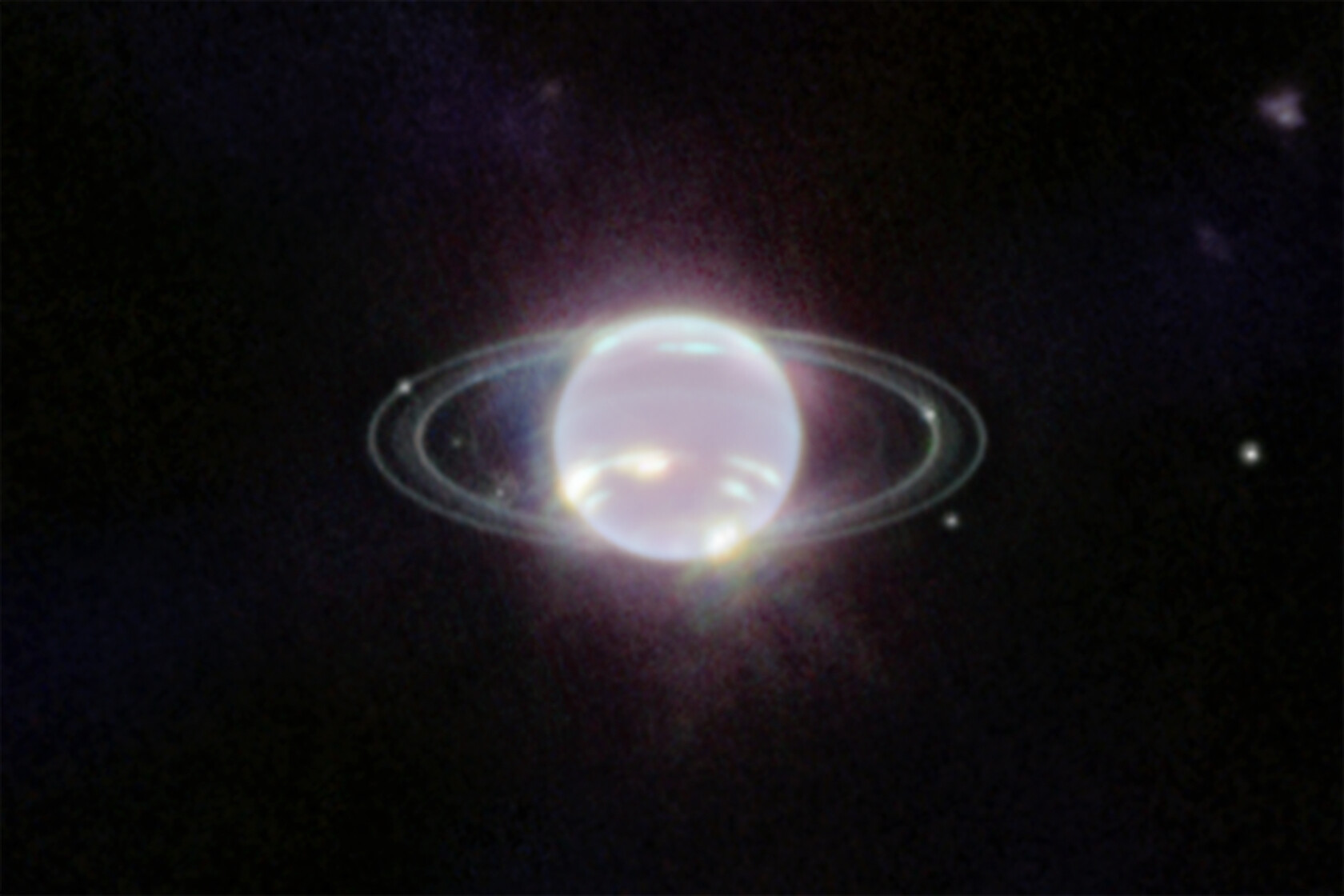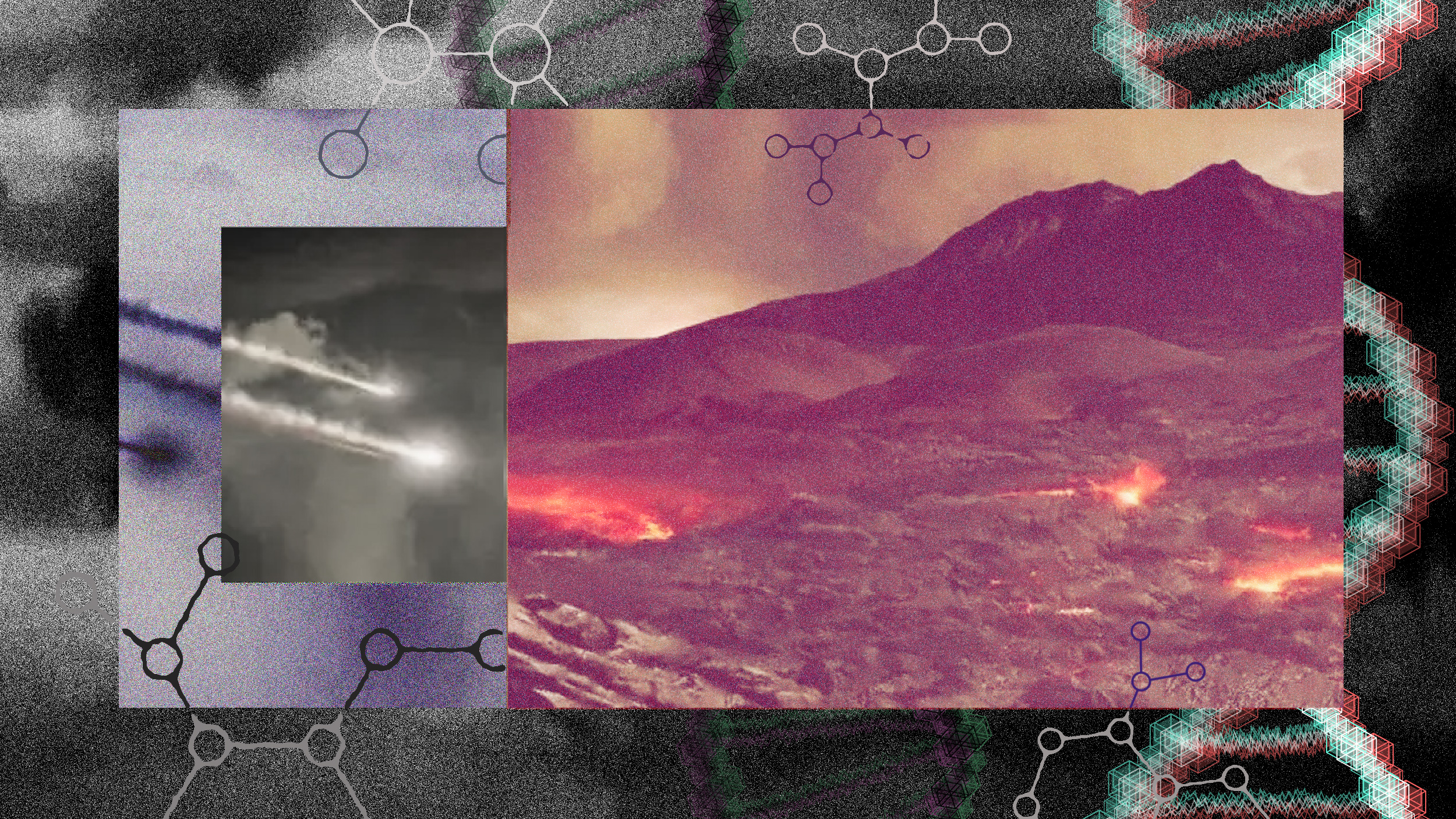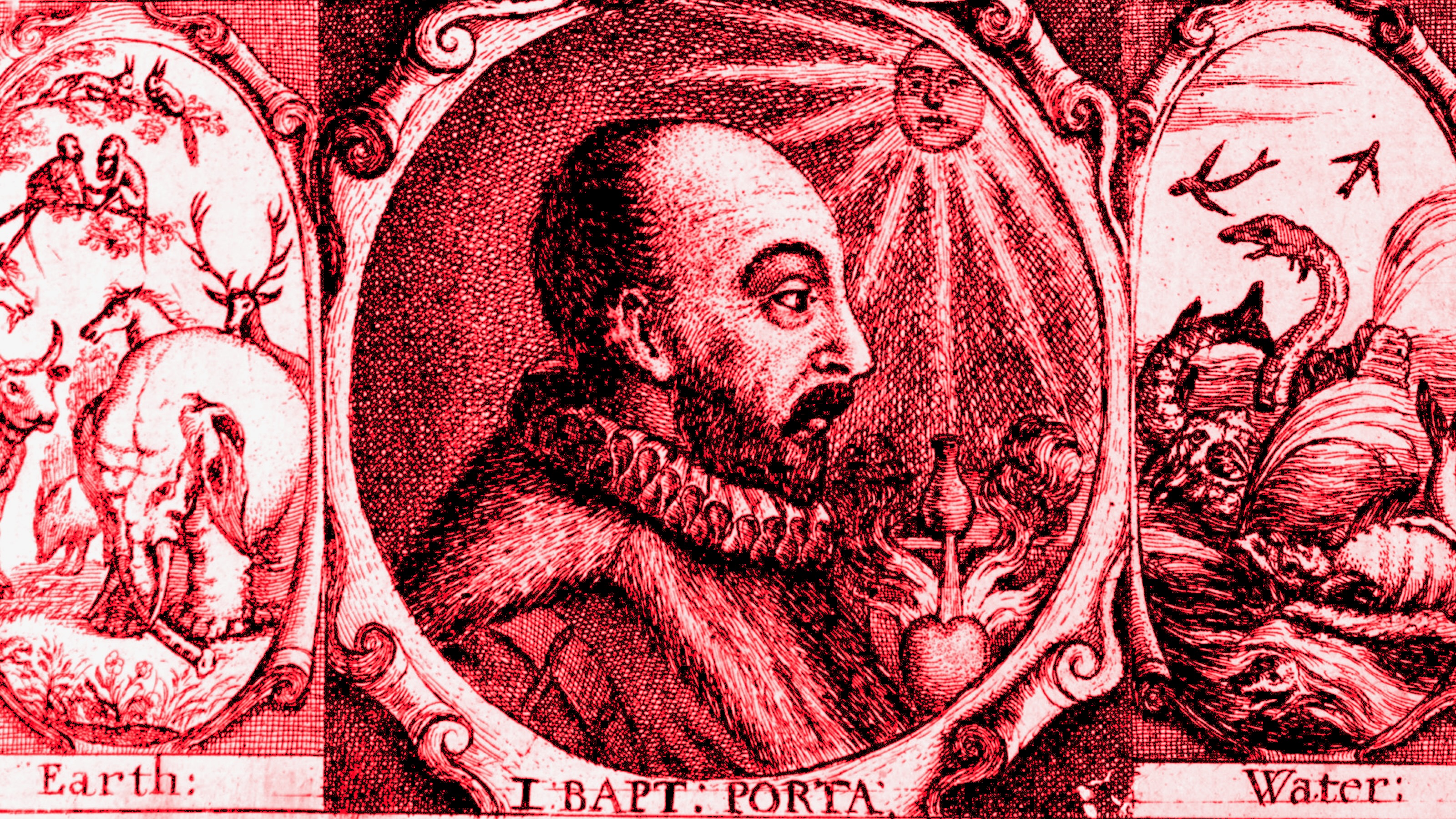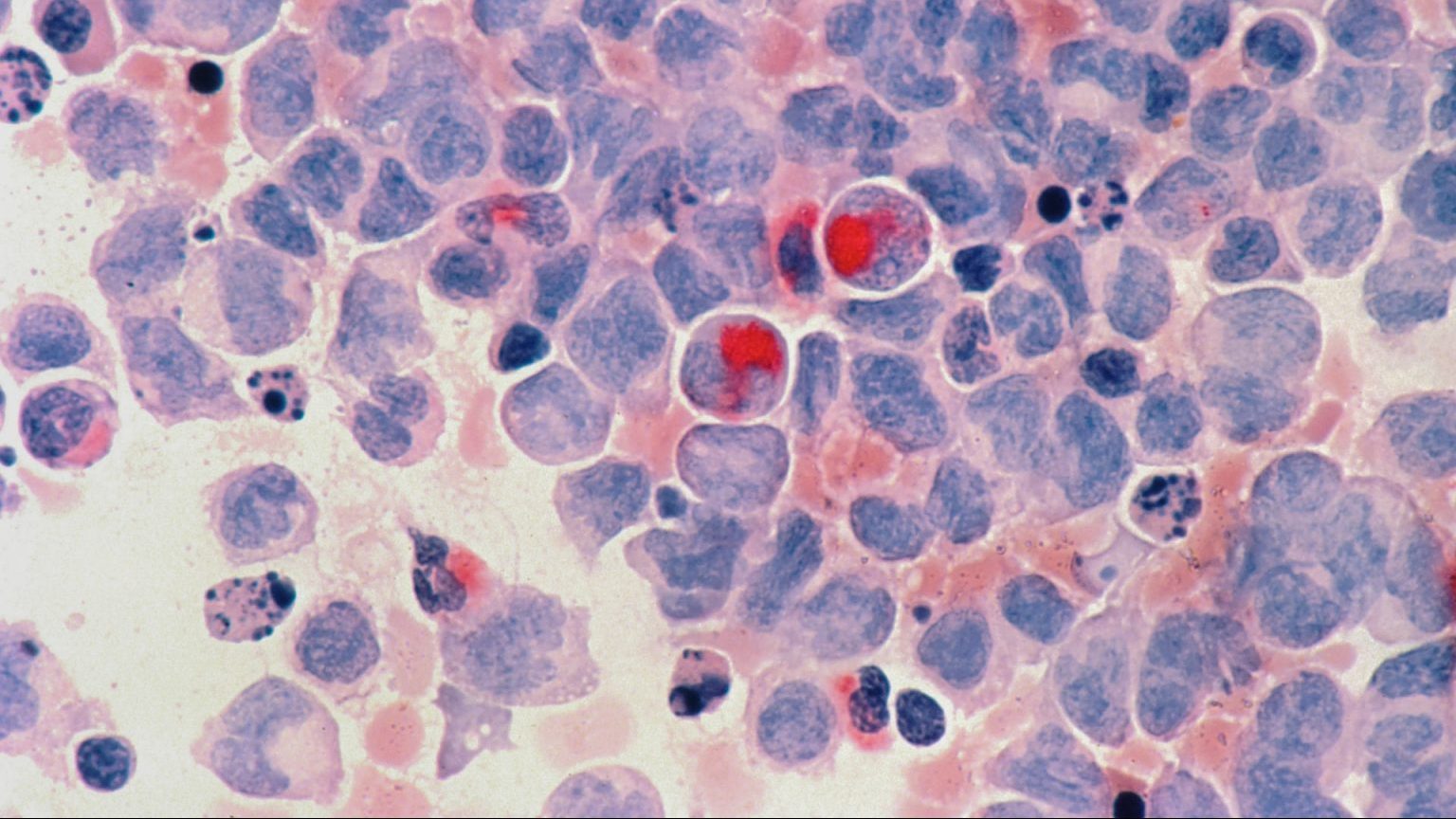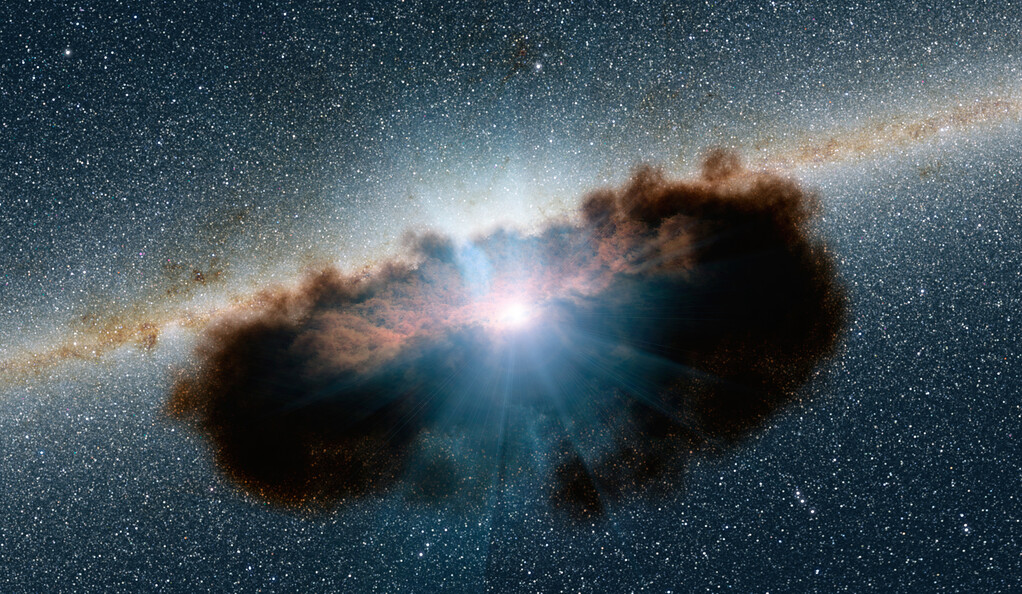As early as we’ve been able to identify them, the youngest galaxies seem to have large supermassive black holes. Here’s how they were made.
Search Results
You searched for: sun
For 550 million years, neutral atoms blocked the light made in stars from traveling freely through the Universe. Here’s how it then changed.
Forget about the terawatt lasers we’re making on Earth. This natural one is thousands of times more powerful than the Sun.
Not every classic enjoyed rave reviews from the start.
In 1974, Hawking showed that black holes aren’t stable, but emit radiation and decay. Nearly 50 years later, it isn’t just for black holes.
JWST just found its first transiting exoplanet, and it’s 99% the size of Earth. But with no atmosphere seen, perhaps air is truly rare.
Despite being the closest planet to the Sun, Mercury “only” reaches 800 °F at its hottest. Venus is always hotter, even at night.
Is there any good reason for assigning North and South the way we do, or could we have just as easily done the reverse?
From life on Earth to the planet itself, there are four ways our planet will actually experience “the end,” no matter how we define it.
The challenges of setting out in a new direction can be overwhelming — but we can learn to navigate the inflection moments.
The James Webb Space Telescope viewed Neptune, our Solar System’s final planet, for the first time. Here’s what we saw, and what it means.
Although early Earth was a molten hellscape, once it cooled, life arose almost immediately. That original chain of life remains unbroken.
The Universe certainly formed stars, at one point, for the very first time. But we haven’t found them yet. Here’s what everyone should know.
Ever since the Big Bang, cataclysmic events have released enormous amounts of energy. Here’s the greatest one ever witnessed.
Perhaps the most remarkable fact about the Universe is simply that it, and everything in it, exists. But what’s the reason why?
Giambattista della Porta’s contributions to codebreaking changed the course of communication.
Epigenetic entropy shows that you can’t fully understand cancer without mathematics.
Before there were planets, stars, and galaxies, before even neutral atoms or stable protons, there was the Big Bang. How did we prove it?
The “first cause” problem may forever remain unsolved, as it doesn’t fit with the way we do science.
From “The Castle of Otranto” to “The Lord of the Rings” trilogy, these books changed the literary landscape.
In July of 2022, the first science images from JWST were unveiled. Two years later, it’s changed our view of the Universe.
Teller and Sagan debated fiercely over nuclear proliferation. But was the conflict as personal as it was intellectual for Teller?
To be happy, you have to become antifragile first. Harvard’s Tal Ben-Shahar explains.
▸
7 min
—
with
We’ve only seen Uranus up close once: from Voyager 2, back in 1986. The next time we do it, its features will look entirely different.
Finland reveals that happiness is more about mindset than umbrella drinks and sun-warmed beaches.
If there are three neutrino species, all with different masses, then how is energy conserved when they oscillate from one flavor to another?
IceCube just found an active galaxy in the nearby Universe, 47 million light-years away, through its neutrino emissions: a cosmic first.
All across the Universe, planets come in a wide variety of sizes, masses, compositions, and temperatures. And most have rain and snow.
When three wise men gifted baby Jesus with gold, frankincense, and myrrh, they had no idea one was made from colliding neutron stars.

